Eight years after the tragic medication error that led to two-year-old Emily Jerry’s death, Eric Cropp, RPh is still distraught over the events of that day. He currently advocates for patients and caregivers involved in medication errors, and supports second-victim awareness.
It has been 8 years since I made the biggest mistake of my life. I was responsible for the death of a 2-year-old girl named Emily Jerry.
The emotional repercussions of this mistake still haunt me every single day—when I see the neighborhood kids playing, a commercial for the Children’s hospital, or a little blond blue eyed girl in line at the grocery with her mother.
The tears well up in my eyes when I picture Emily, with all of her energy, riding her big wheel around the nurse’s station at the hospital where I worked. I can still picture her looking around with joy and discovery during the precious and altogether too short time that she graced this earth.
Personal and Professional Impact
I have been diagnosed with the medical emergency equivalent to post-traumatic stress disorder and have experienced a myriad of both psychological and physical symptoms.
The emotional impact of the error has affected both my professional and private life. I have experienced a full range of emotions: anger, fear, sadness, and shame. I have felt apprehension, panic, and disbelief. I have experienced loss of appetite and difficulty concentrating. I completely lost my self-confidence.
I was terrified of being labeled as incompetent and careless by my peers, the general public, both Emily’s family and my own.
During the first few weeks following the incident, I felt isolated from my colleagues and the hospital—no one checked on me or offered support. I feared going to work. I experienced depression, guilt, humiliation, remorse, and frustration. I longed to reach out and try to make amends with Emily’s family.
The day I was dismissed from my employment at the hospital, I truthfully wanted to die. On the way home that day, I thought of turning the wheel into a bridge pylon and ending it all. I received a call from my mother at that very moment—it was the only thing that stopped me.
Even as time passed, all of these feelings stayed with me. I wasn’t equipped with the tools to process the intense and constant feelings. I suffered with insomnia, nightmares, flashbacks (even during the day), and continuing thoughts of suicide.
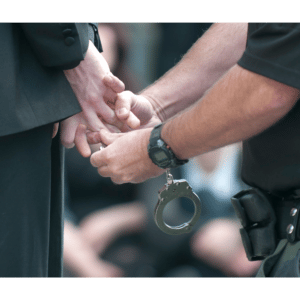
Every day seemed to drag on and on and I sunk into a deep depression. When I returned to work several months later, I felt so scared and incompetent that I could barely function.
Initially, I didn’t think I would lose my license, let alone that the case would lead to criminal charges. I was wrong. In time, I lost my job, my license, and went to prison. I wondered how I would survive.
Healing
For years, I continued to suffer in silence. In time I started to realize something needed to be done. As I began the process of personally healing from this terrible tragedy, I realized working towards prevention of these errors and helping others in the same or similar circumstances would become part of my own recovery.
In my research as well as talking with others, I found an enormous lack of support for practitioners, who like me had become second victims in these unfortunate occurrences. Just as we take care of the patients and families affected by a medical error, we much also take care of the second victims.
Second Victim Awareness
In all of my personal and professional experience, I had never heard of a “second victim.” I was unaware that there were other health care providers that had gone through similar experiences.
I eventually learned that following medical mistakes there is a documented increased risk for suicide. I learned about a nurse named Kimberly Hiatt, who took her own life following a medical error. It left me grieving that no one, including myself, had been there to support her.
I had an opportunity to meet Charles Denham, author of the article, The Five Rights of Second Victims, and Chairman of the Texas Medical Institute of Technology (TMIT). He maintains that second victims have five essential rights, represented by the acronym TRUST:
- Treatment that is fair and just
- Respect
- Understanding and Compassion
- Supportive Care
- Transparency and the Opportunity to Contribute
When speaking with Charles, I learned not only that I was a second victim, but also that I wasn’t the only victim.
He also believes that there is a third victim involved – the healthcare organization itself. The organization can include any professional involved in the patient’s care: from doctors and nurses all the way to the housekeeper or volunteer.
The sustained “wound” that the organization feels can either be worsened or lessened based on the behavior of its leaders. Many professional leaders often feel conflicted loyalties to the patient, the healthcare system, and to their staff. In this way, they too, become victims of the error.
When second victims are abandoned or ignored by their leaders, Charles believes the wound can infect the entire culture of the organization. When visiting my past employment, even after many years, you can still feel the hurt rippling throughout the organization.
He suggests that by ensuring second victims are supported, the organization and its leaders can shoulder the outcome together and heal.
Industry Reaction
Not too long ago in pharmacy, we were encouraged to keep secrets about medication errors, trying in vain to maintain an image of perfection in the healthcare system.
As it stands, most of the medical profession tend to abandon, isolate, and punish the second victim. Both my research and personal experience has exposed a huge deficit in regards to the support of second victims.
The healthcare profession cannot continue to blindly ignore this issue. They are currently failing to provide the fundamental and necessary resources.
Recommendations and Resources
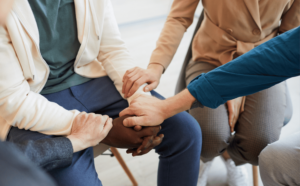 The industry needs to provide accessible, effective, and long-term support that must be in place the before a traumatic event happens.
The industry needs to provide accessible, effective, and long-term support that must be in place the before a traumatic event happens.
Healthcare professionals and administrators need to promote widespread understanding of the second victim.
Support initiatives need to be established and widely communicated.
Education and discourse will help to lessen the stigma surrounding an error and increase the receptiveness of second victims to accept support.
In my opinion, one of the most important resources we can provide is a sense of community for second victims. By putting impacted caregivers in contact with others who have gone through similar situations, they realize that they are not alone.
I now volunteer with the Institute for Safe Medication Practices (ISMP). I assist their second victim support programs and have also provided testimony for board hearings and criminal proceedings. I have seen first hand how many professionals, who initially felt isolated and defeated, can turn their lives around once they receive support.
I have started a support group in the Cleveland area for second victims. Through discussion, sharing of resources, and the establishment of a support system my hope is that we can create a safe and compassionate place for those in need.
Closing
Make no mistake; harmful events happen in all organizations, so leaders must be prepared. It is really not a question of if, but when. An emotional reaction to a medical mistake has the potential to lead leaders down a reactive and punitive pathway that can ripple negativity throughout the organization.
The industry must work to stop errors before they happen by increasing education and implementing technology and automation.
Crisis management plans, that formally address the second victim, must be developed before they are needed.
Health care workers must work to educate our peers and share these stories of caution—lessening the stigma surrounding a mistake and encouraging second victims to seek support.
All facets of healthcare must work together, continuing to build the resources available for second victims, making them both accessible and highly visible within the system. All of us must remember to treat second victims as human beings who deserve respect and support.
My greatest hope is that by sharing my story and shining a bright light on this issue, it will serve as a catalyst for one the most important changes in healthcare—improved and long-term support of the second victim.
Feel free to leave a comment below, suggest additional resources, or contact me with any questions you may have. I can absolutely help to educate your staff and assist your organization in implementing a support system before a traumatic event happens.


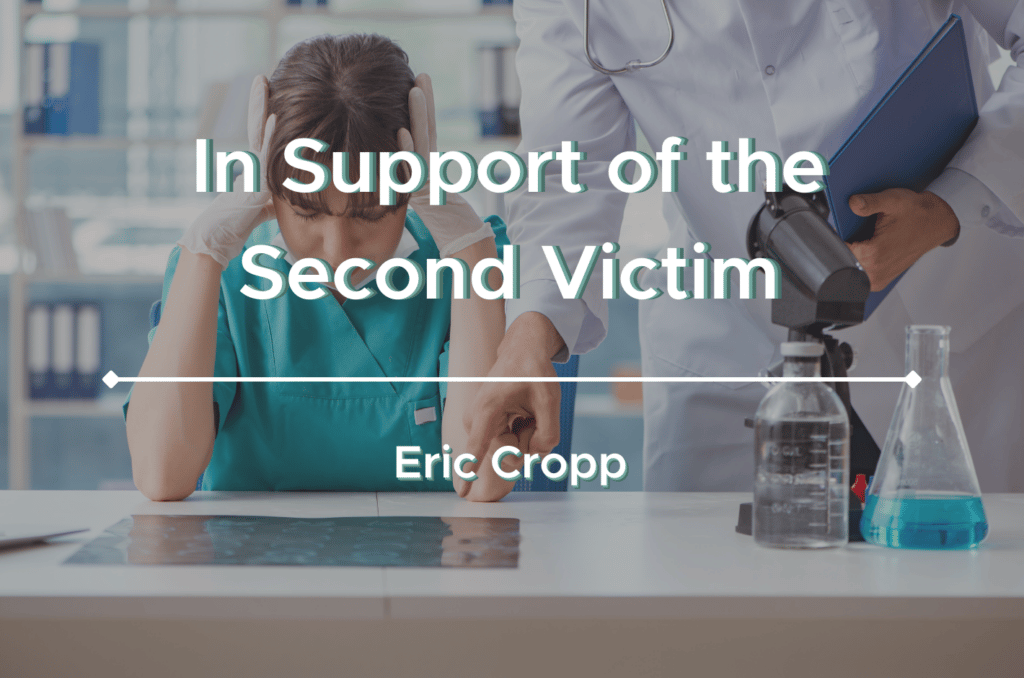
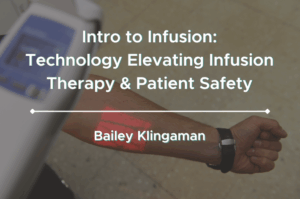
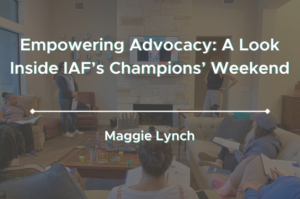
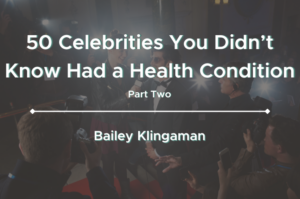
One Response